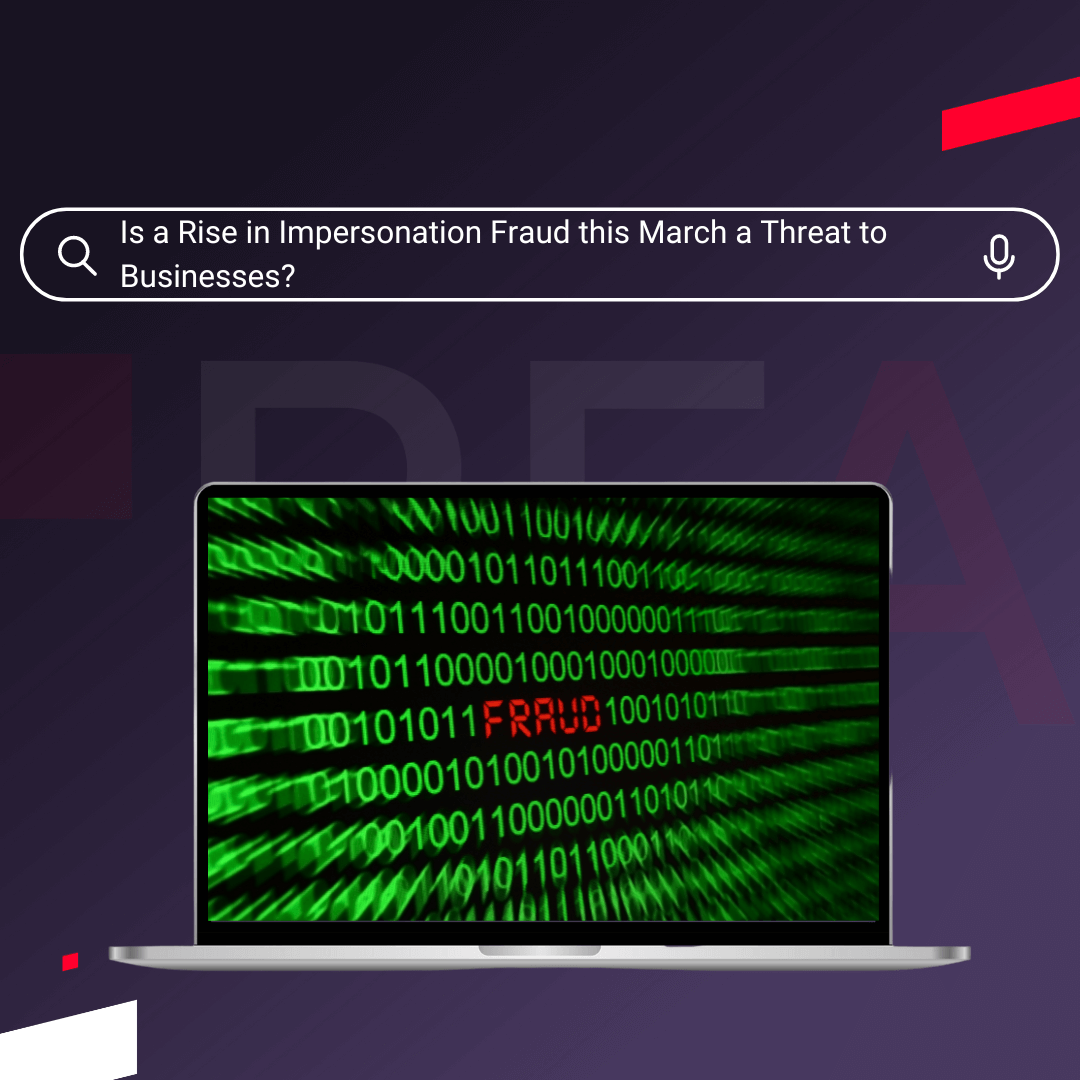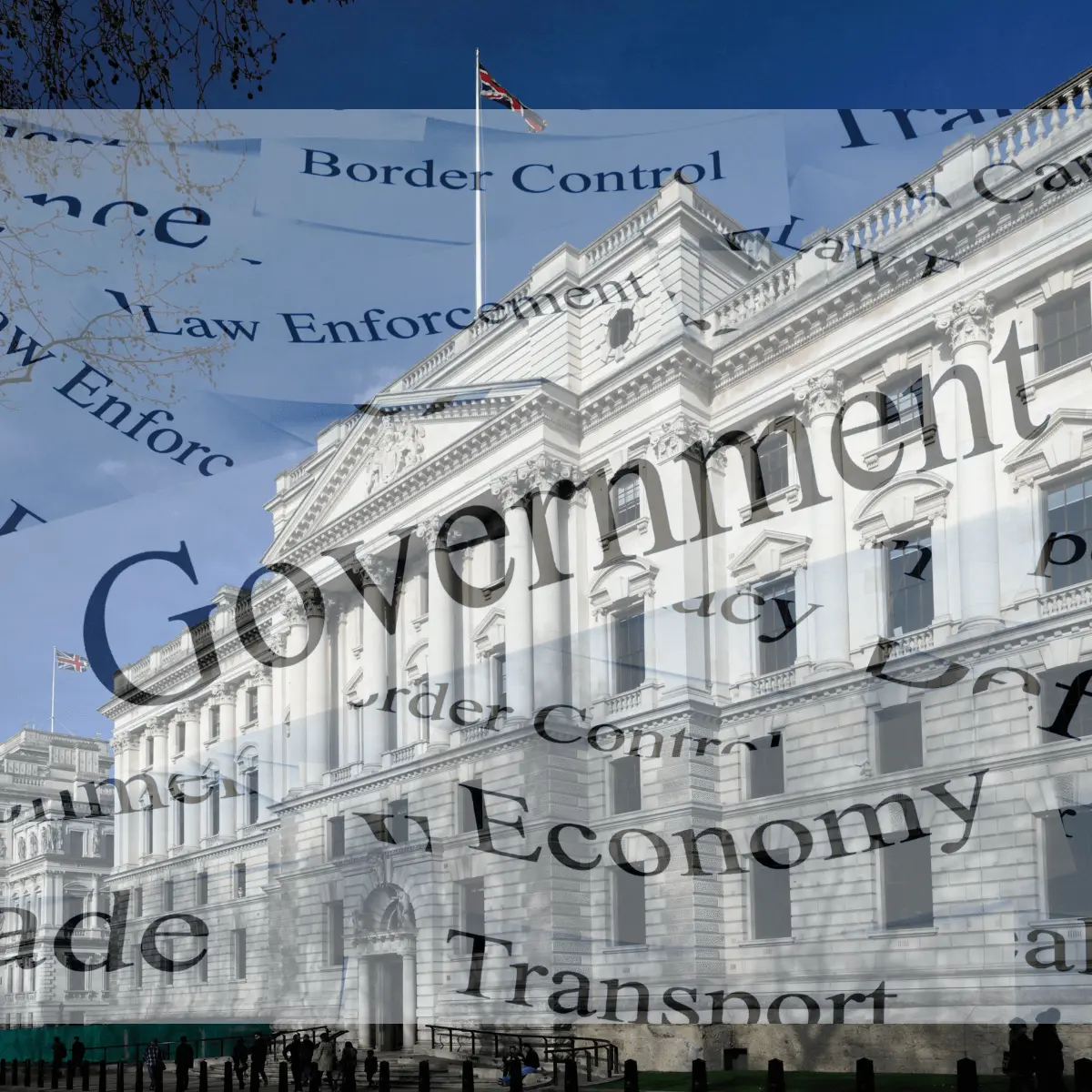Articles in the national press telling the reader how Brexit will cause chaos to companies based in the UK are a common occurrence.
One article from June based on a statement from the Institute for Chartered Accountants for England and Wales suggested that a no-deal Brexit could cause a “flurry of profit warnings” from publicly listed companies.
This was of interest to Red Flag Alert, due to our history of accurately predicting the financial health of companies in the UK.
The Institute for Chartered Accountants for England and Wales is certainly in a good position to make predictions. It has around 100,000 members, including those that provide services for the UK’s biggest companies.
The article makes for sober reading for UK business owners; especially those that rely on larger companies for much of their trade. However, it’s important to remember that the article is just speculation based on events that may or may not happen.
The reality of what will happen following a no-deal Brexit, if there even is a no-deal Brexit, is likely to be much more nuanced. Different sectors will be affected in different ways based on a multitude of potential factors.
Superforecasting: The Art and Science of Prediction
The predictions we have seen about what will happen after Brexit reminds me of the book Superforecasting: The Art and Science of Prediction, by Philip Tetlock and Dan Gardner.
In the book, the authors looked at the possible reasons why some people can accurately predict future events and others can’t.
The book begins by claiming that expert predictions are often inaccurate. The authors point to several reasons why this is the case:
- Predictions are often covered in the media because of the expert’s ability to entertain, to tell a story, or to conform to a viewpoint consistent with the media outlet’s way of thinking.
- The expert’s past accuracy is rarely taken into consideration when predicting the likelihood of their suggestions.
- People often make predictions based on their existing viewpoint to support their ‘big idea’; this means the prediction isn’t entirely impartial.
- There is often ambiguity about what the expert thinks the likeliness is of their prediction happening. For example, in the Brexit story above we don’t know whether the word ‘likely’ means there is a 60% chance, an 80% chance, or a 99% chance.
- There is often a lack of timeframe or other context. If someone predicts a global recession, are they predicting it will happen within the next year, or within the next five years? This is a crucial detail for businesses that want to use the prediction to make decisions.
The book then identifies a group of people who consistently make accurate predictions. It found these ‘Superforecasters’ take a different approach to making predictions. Some of the things they do are:
- Look at all the information available.
- Stay impartial by identifying any existing assumptions.
- Not simply make a prediction and move on. They consistently update the prediction as new information becomes available. However, they do this all while avoiding over or underreacting to new information.
- Constantly looking at their predictions to see what they got right and what they got wrong; doing this allows them to improve their decision-making process.
This is exactly the approach we take at Red Flag Alert.
Red Flag Alert Makes Predictions Based on Data
Red Flag Alert provides a financial health rating that predicts how likely it is a company will go out of business. There are several similarities in the way Red Flag Alert makes predictions and the way that Superforecasters make predictions.
First, Red Flag Alert makes predictions using all the available data; this includes over 100 data points from ten top sources of data.
Second, Red Flag Alert updates its predictions in real-time. This data is updated over 100,000 times a day, and all these changes feed into the Red Flag Alert algorithm.
Like Superforecasters, Red Flag Alert is always making improvements to the way it makes predictions. The algorithm used to make the predictions has been developed over 13 years.
The predictions come with the context business owners need to assess risk. For example, those with access to our data know that 56% of companies with a three Red Flag rating fail within seven days.
Red Flag Alert Can’t Predict What Will Happen After Brexit, But it Can Accurately Tell the Financial Health of Individual Companies
Like the rest of the world, Red Flag Alert doesn’t know what will happen after Brexit. However, our tool can accurately tell users the financial health of individual companies in their current state. Businesses can use this data on individual companies to make decisions that can help them avoid risk or spot opportunity.
Red Flag Alert’s Greg Connell had this to say about how Red Flag Alert is the perfect tool in an uncertain environment:
“There are too many imponderables to predict what might happen as a consequence of Brexit and identify the sectors most likely to become distressed, but we can react to what happens and respond accordingly. If profit warnings increase, we will know because we track them; if business failures start to edge upwards, we are checking; if earnings in particular sectors start to fall, we’ll have picked up on it.”
Learn more about how Red Flag Alert helps your credit control function protect your business from financial risk and comply with regulations, why not book a demo today?




